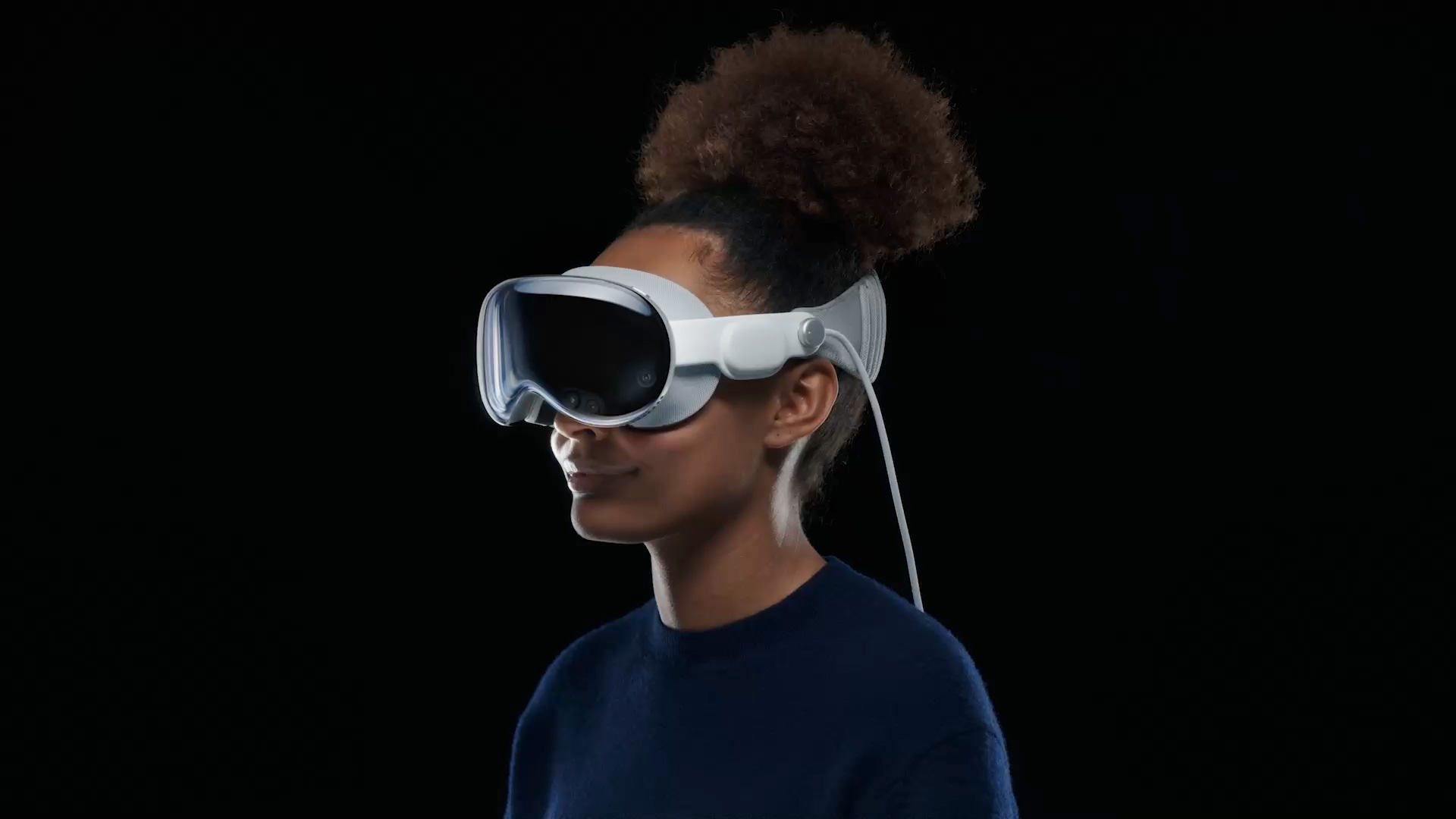The introduction of virtual reality (VR) technology into the educational sector has promised revolutionary change, offering immersive learning experiences that foster engagement and facilitate knowledge absorption. With the recent unveiling of Apple’s Vision Pro at WWDC23, these promises could come to fruition, marking a new era of experiential learning. However, other VR contenders like the Oculus Quest 2 are still viable options. In this article, we examine how the Vision Pro could enhance education and assess its standing in the current VR market.

Credit: Forbes
Unprecedented Realism and Usability
What distinguishes the Vision Pro in the VR landscape is its unrelenting commitment to realism and user experience, factors crucial to educational applications. The Apple Vision Pro’s passthrough technology, for example, delivers a captivating visual experience that outperforms every other headset on the market. While this feature may seem peripheral to the educational sphere, it is fundamental in maintaining the suspension of disbelief necessary for immersive learning in mixed reality environments.
Vision Pro’s integration of eye-tracking technology also represents an unprecedented leap in accessibility, which has significant implications for inclusive education. Even though eye-tracking technology has been around for years, Apple’s integration finally brings the user experience to a seamless point of integration, allowing users to interact with virtual environments in a more intuitive manner. For learners with mobility challenges, this feature means they can participate equally and independently in virtual classrooms, leveling the playing field in a way no other technology has before.
Enhancing Education: The Apple Vision Pro Advantage
The potential of Apple Vision Pro in transforming education lies in its ability to offer highly immersive, experiential learning environments. Imagine a history lesson where students don’t just read about the Roman Colosseum; they can explore it. A science class where students don’t just study the planets; they can fly around them. This level of immersion is proven to boost engagement and retention, elevating education beyond traditional methods.
Moreover, Vision Pro’s seamless multitasking capabilities, demonstrated in the WWDC23 demo, presents teachers with the opportunity to create dynamic, interactive lessons. Learners can engage with multiple information sources simultaneously, fostering an active learning environment that encourages critical thinking. The ability to resize and reposition these virtual ‘panes’ enhances the individual learning experience, allowing students to tailor their learning environment to their specific needs and preferences.
AI in Education with the Vision Pro
At the heart of the Vision Pro’s potential lies the powerful Apple M2 chip that supports advanced applications of artificial intelligence (AI) and machine learning (ML) within the immersive VR environment. Combined with intricate eye-tracking capabilities, this technology allows the device to adapt in real time to user inputs, making possible personalized learning experiences that traditional educational methods cannot match. The M2 works in tandem with the R1 chip, designed to process the real world in real time and reduce motion sickness, a common issue with VR technology.
Leveraging AI and ML in the Vision Pro presents a wealth of opportunities for educators. Interactive, adaptive teaching methods, innovative learning modules tailored to individual student needs, and detailed tracking of student progress become possible with this technology. The eye tracking alone is a great new data source to support learners. Although the current price point presents a barrier to mass adoption, as VR technology matures and becomes more accessible, it holds the promise of reshaping our understanding of effective teaching and learning.

Vision Pro
The Competition: Meta Quest 3
While the Apple Vision Pro presents numerous educational advantages, it is essential to acknowledge existing competitors, notably, the Meta Quest 3. The Quest headset has been a frontrunner in the VR education sector due to its relatively affordable price point and wide-ranging library of educational apps.
Despite the Vision Pro’s cutting-edge technology and outstanding user experience, its considerable price point may be an obstacle for its broad application in the educational field. Educational institutions often operate within strict budgets, and the significant price gap between the Vision Pro and Oculus Quest 3 is a factor that must be taken into account. The Oculus Quest 3, with its established repertoire of educational content, currently has an advantage over the still developing ecosystem of the Vision Pro. The absence of controllers and haptic feedback in the Vision Pro might also present a hurdle for developers, as they will need to create ways of interaction that are compatible with existing content libraries while providing a similar degree of precision to a 6-DoF controller equipped with multiple buttons and haptic feedback.
Looking Forward: The Vision Pro’s Future in Education
The introduction of the Apple Vision Pro has undeniably reshaped the VR landscape, bringing with it an impressive array of technology. However, its future in the education sector largely depends on the development of educational content that can leverage its unique features.
In terms of accessibility, the Vision Pro’s eye-tracking technology is a transformative development that holds significant potential to enhance inclusive learning. This feature is not present in the Oculus Quest 3, giving Apple a distinct edge in creating an accessible learning environment.
While the Vision Pro does carry a higher price tag, it’s essential to consider the long-term benefits that this advanced device can offer. The Vision Pro is brimming with robust technology that delivers unparalleled realism and groundbreaking interaction techniques. Over time, this investment could substantially amplify the quality of the learning experience, potentially offsetting the need for additional purchases such as new laptops or televisions. Thus, in the broader picture, the initial cost may be viewed as an investment in a superior, more engaging, and immersive educational tool.
In conclusion, the Apple Vision Pro, with its groundbreaking features and superior user experience, holds tremendous potential for revolutionizing the educational landscape. As Apple continues to develop its VR ecosystem and address pricing challenges, the Vision Pro could indeed become a cornerstone of the classrooms of the future. Yet, it will be intriguing to see how Oculus and other competitors respond, keeping the race for educational VR dominance very much alive.
At Axon Park, we’re not just intrigued by the potential of the Vision Pro headset, we’re inspired. With this cutting-edge technology in our toolkit, we’re primed and eager to construct a transformative future for learning, pushing the boundaries of what’s possible in education.



